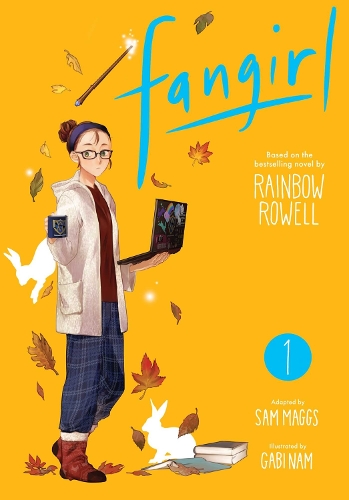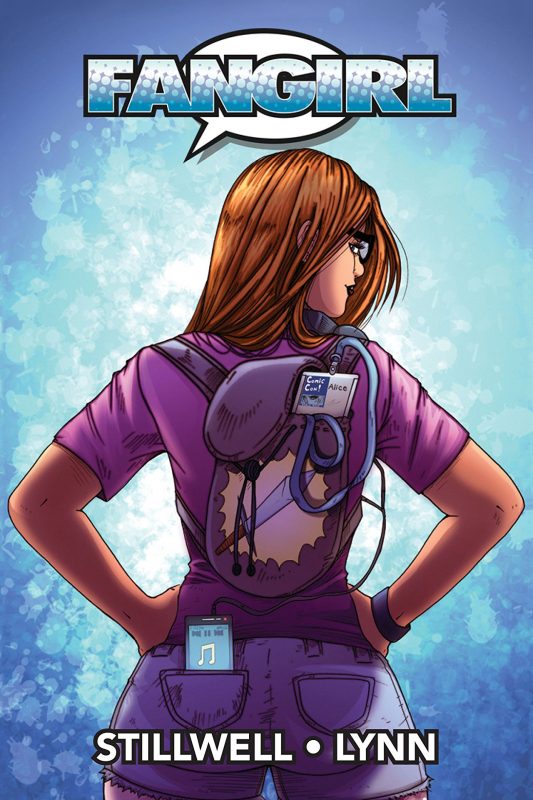


So many fic writers I know can identify with these feelings - of not wanting to leave a fictional world you love, of sharing different ideas about who the characters are or what they might do, of loving it but fearing what others will think. What I loved most about this book, though, were these two pages.

Plus, there’s the romantic elements: how does she feel about Levi? Or he her?ĭon’t get me wrong, I enjoyed this a lot! It’s well-illustrated and adapted. Here, we get to see more of how frayed Cath’s relationship is with her twin Wren, and her feelings about her father and absent mother. Regardless, it doesn’t matter to me what Cath is writing, just that she does it.Īnyway, there’s little point in properly reviewing this book - it’s part two of four, so it gives us more background and sets up some conflicts, but either you’re already enjoying the read or you should start with the previous one. But since Rowell has turned those characters into an entire trilogy of books, I suppose my opinion on them is the less popular one. I wasn’t a Harry Potter fan, ever, and I don’t feel as though I need to know the details of the “Simon Snow” stories Cath and her sister Wren used to write. That’s a cool way to differentiate this from the original novel, although of less importance to me. I suspect that they’re mostly the interludes where we see an illustrated version of the fic Cath is writing. I’m not sure which those are - I did a page-by-page comparison for the first book in preparation for the roundtable discussion I had on it, but I didn’t bother with this one. (Maggs had solo credit for volume 1.) That may be related to the promotion that this book includes “all-new scenes by Rainbow Rowell.” Still illustrated by Gabi Nam, the adaptation is now credited to both Sam Maggs and Rowell. New this volume is a change to the credits. The second volume of the manga adaptation of Rainbow Rowell’s novel Fangirl is out now.


 0 kommentar(er)
0 kommentar(er)
